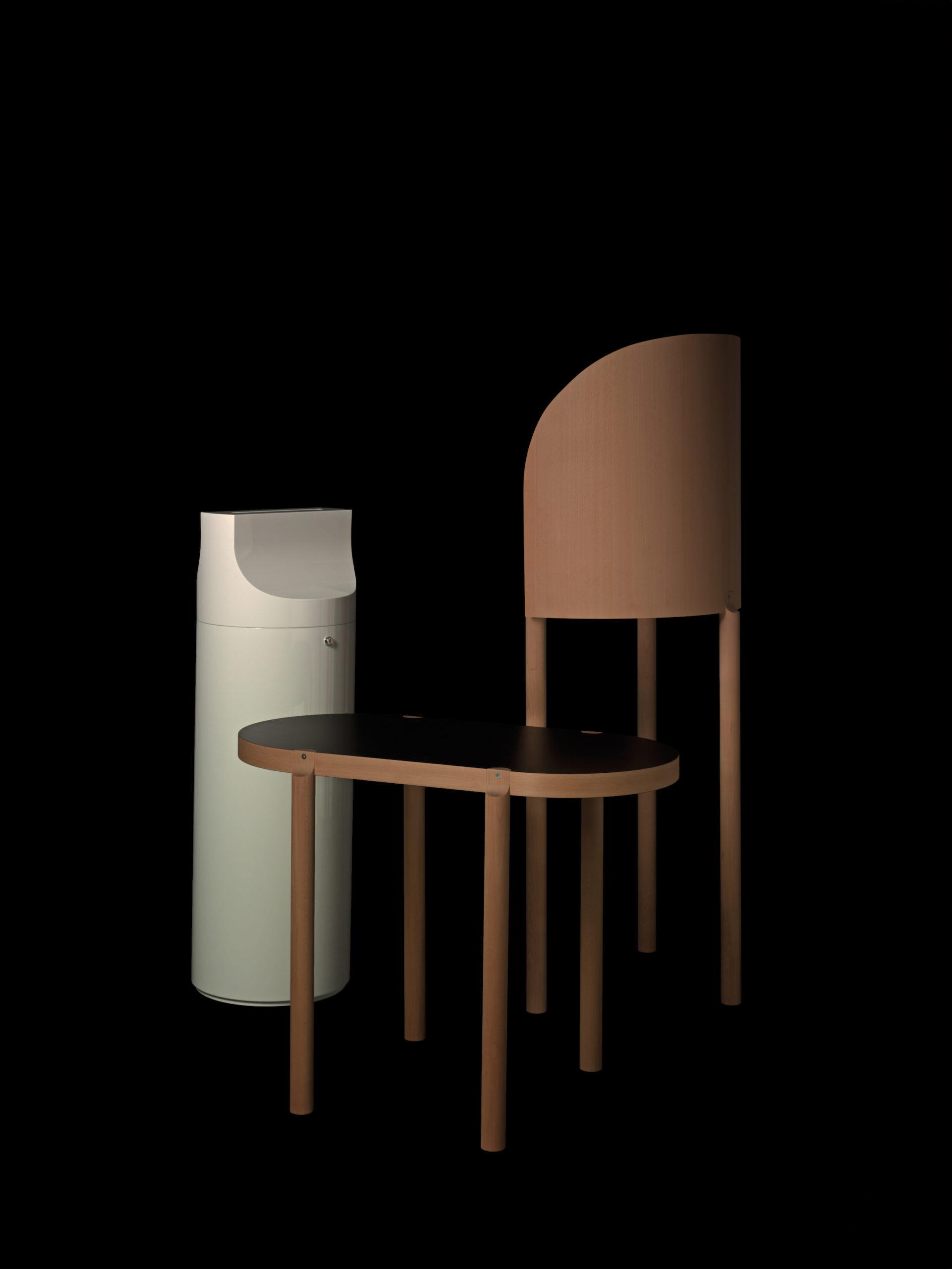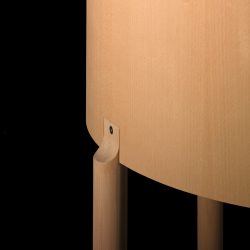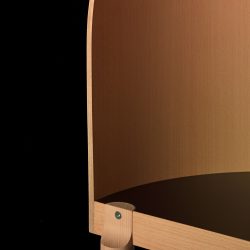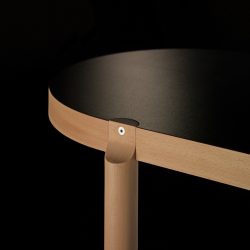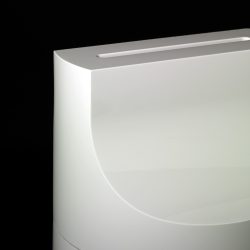Objects for Voters
Description
In Hamburg, waste-bins are converted into ballot-boxes. At the same time, the parliament tries to increase the voter turnout with the campaign “Don’t waste your vote!”. This contradiction was the starting point for redesigning the ballot box, the polling booth and the election table in collaboration with the electoral office.What is the Topic?
This intervention investigates the constellation of the involved agents situationally and speculatively. Thus it alerts the electoral office to the potential outcomes and risks of their actions. While doing this the intervention reflects cultural sociologist Andreas Reckwitz’ thesis, who sees society’s current focus on aesthetics as a consequence of the reduction of emotional value in organised modernity. Following Reckwitz’ line of argument, this causes a lack of motivation to participate in rational institutions such as elections. The performative behaviour of politicians and the affectless, rational actions of the electoral office represent opposed modes of actions.
Why does it look like this?
The aim of my redesign is to move questions of design into the ruling institutions and to trigger a reaction. Hence I aesthetically charged the objects essential to the electoral process, by applying glossy finishes or conspicuous shapes. The German election decree lays down legal requirements for the design, and describes three objects in particular: §50 polling booth, §51 ballot boxes, §52 election table. Furthermore every political party has its own specific colour. To ensure the design’s independence from political camps, I decided to use only black, white and the natural colour of wood.
What is special?
The aim of my project is to create a connection between the classical understanding of product design and the desire to be politically involved as a designer. The concept of design as a form of intervention enables us to bring societal questions to the forefront of the public agenda and to carry them into the relevant institutions. Design is always a means of communication, and through speculative aggravation we are able to reveal inherent processes, arrangements and strategies.
What is new?
What is new, is the specific application of speculative design. The project demonstrates how speculative design can be effective in institutions instead of just making promises for the future. While doing this, the project contributes to the discourse regarding the effect of design on society.

